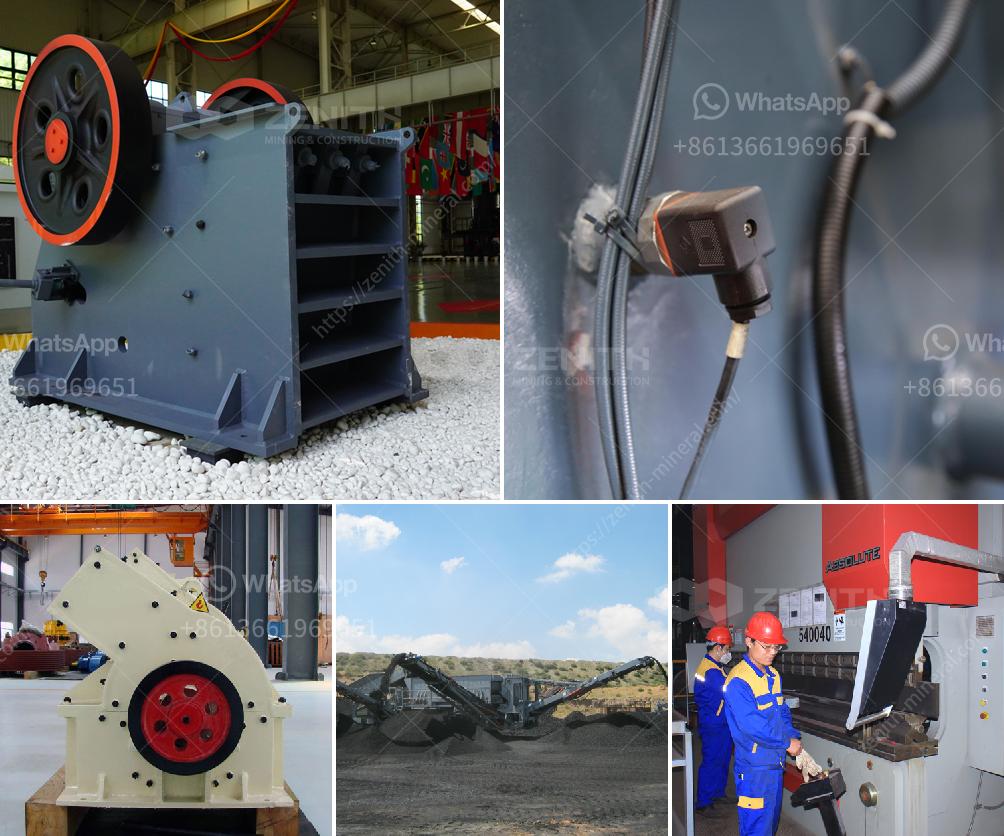To crush calcite lumps, you can follow a series of steps that involve mechanical processes and equipment. Calcite is a common mineral composed of calcium carbonate (CaCO₃) and is relatively soft, with a Mohs hardness of 3. Here’s a detailed guide on how to crush calcite lumps:
1. Preparation and Safety Measures
- Safety Gear: Wear appropriate safety gear, including gloves, safety goggles, and a dust mask to protect yourself from dust and debris.
- Work Area: Ensure you have a clean and safe work area, preferably outdoors or in a well-ventilated space to avoid inhaling dust.
2. Selecting the Right Equipment
- Hammer and Chisel: For small quantities, a hammer and chisel can be used to manually break down the calcite lumps.
- Jaw Crusher: For larger quantities, a jaw crusher is more efficient. It uses compressive force to break down large lumps into smaller pieces.
- Ball Mill: For finer grinding, a ball mill can be used. It grinds the calcite into a fine powder through a rotating drum filled with steel balls.
3. Crushing Process
-
Manual Crushing:
- Place the calcite lump on a sturdy surface.
- Use a chisel to create a small indentation on the surface of the lump.
- Strike the chisel with a hammer to break the lump into smaller pieces.
- Continue breaking down the pieces until you achieve the desired size.
-
Mechanical Crushing:
- Jaw Crusher:
- Place the calcite lumps into the jaw crusher.
- Adjust the settings to control the size of the output.
- Turn on the crusher and allow it to break down the lumps into smaller pieces.
- Ball Mill:
- Transfer the crushed calcite from the jaw crusher to the ball mill.
- Add steel balls to the mill.
- Set the mill to rotate and grind the calcite into a fine powder.
4. Post-Crushing Steps
- Sieving: Use a sieve to separate the crushed calcite into different size fractions. This ensures uniformity in particle size.
- Storage: Store the crushed calcite in airtight containers to prevent contamination and moisture absorption.
5. Environmental and Health Considerations
- Dust Control: Use dust collection systems or water sprays to minimize airborne dust during the crushing process.
- Waste Management: Properly dispose of any waste material generated during the crushing process.
By following these steps, you can effectively crush calcite lumps into smaller pieces or fine powder, depending on your requirements.

